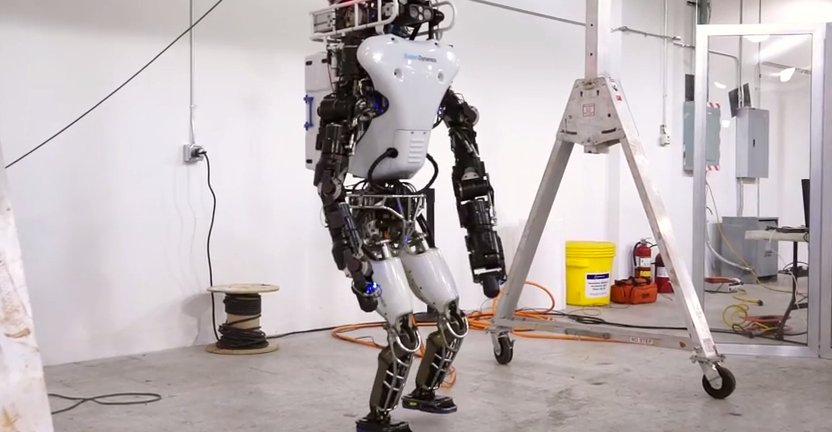A new study suggests that it still might be a long time before we can safely interact with legged robots in the real world.
A recent study published in the 2022 IEEE/RSJ International Conference on Intelligent Robots and Systems (IROS) has shed light on the issue of testing and characterizing the safety of legged robots. Led by a team of researchers at The Ohio State University, the study focuses on these types of machines, which use mechanical limbs instead of wheels for movement. The findings of the study reveal that the current models of legged robots do not always behave predictably in real-life scenarios, making it challenging to anticipate their success or failure in tasks that involve movement.
Anti-Intuitive and Complex Systems
Bowen Weng is a PhD student in electrical and computer engineering at Ohio State.
“Our work reveals that these robotic systems are complex and, more importantly, anti-intuitive,” Bowen said. “It means you can’t rely on the robot’s ability to know how to react in certain situations, so the completeness of the testing becomes even more important.”
The scientific community is calling for universal safety testing regulations for mobile robots as they increasingly carry out more advanced tasks. The integration of robots and artificial intelligence into our daily lives highlights the need for standardized safety measures. Legged robots, in particular, pose a significant safety risk, as they are often made of metal and can reach speeds of up to 20 mph. When operating in real-world environments alongside humans, the unpredictability of these environments further emphasizes the need for strict safety regulations.
“Testing is really about assessing risk, and our aim is to investigate how much risk robotics currently presents to users or customers while in a working condition,” Weng says.
Weng notes that while there are currently some safety specifications in place for the deployment of legged robots, there still isn’t any common agreement over testing them in the field.
Developing a New Framework for Testing Legged Robots
The study is the first to develop a data-driven, scenario-based safety testing framework for leafed robots.
“In the future, these robots might have the chance to live with human beings side-by-side, and will most likely be collaboratively produced by multiple international parties,” Weng says. “So having safety and testing regulations in place is extremely important for the success of this kind of product.”
The study leverages sample-based machine learning algorithms to determine how simulated robots might malfunction during real-world tests. It was partially influenced by Weng’s experience as a vehicle safety researcher at the Transportation Research Center, a partner of the National Highway Traffic Safety Administration.
The team evaluated a set of conditions that ensure a robot’s stability while navigating a new environment, which is considered one of the crucial factors in determining its overall safety performance. Using algorithms derived from previous robotics experiments, the team designed multiple scenarios for the robots’ simulations.
One trial focused on examining the robot’s ability to move while performing tasks at different gaits, such as walking backward or stepping in place. In another trial, the researchers tested the robot’s stability when pushed with enough force to alter its direction.
The results showed that one robot failed to maintain balance in 3 out of 10 trials when asked to increase its gait speed. However, another robot was able to stay upright in 100 trials when pushed from its left side, but fell over in 5 out of 10 trials when the same force was applied to its right side.
Although it may take some time, the researchers’ framework has the potential to support the commercial deployment of legged robots and provide a safety benchmark for robots with different structures and properties. Weng mentioned that it will be a while before the framework can be implemented.
“We believe this data-driven approach will help create an unbiased, more efficient way to make observations of robots in the conditions of a test environment,” Weng says. “What we’re working towards isn’t immediate, but for researchers down the line.”
Credit: Source link




















